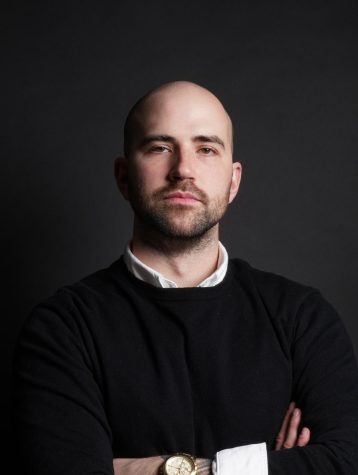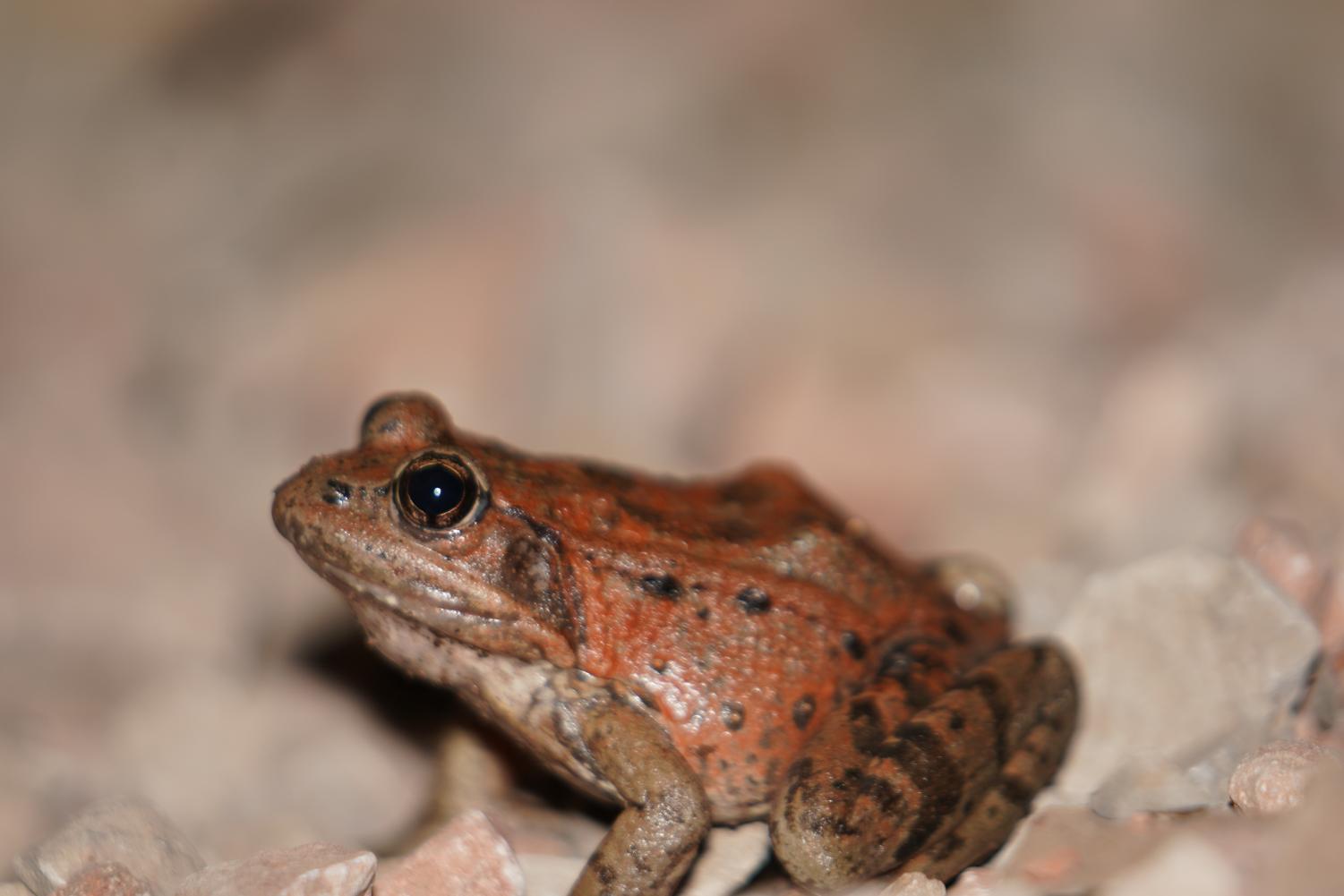



The students began their research during a seminar class in 2016.
Apr 12, 2023
Eight alumni, who were in a biology seminar class at SF State, co-authored a recently published scientific research paper detailing the spread of a fungus among amphibians in Africa.
Batrachochytrium dendrobatidis, also known as Bd, is a fungus that affects the skin of amphibians. The fungus threatens many amphibian species because they use their skin to breathe.
The team created a model that predicts western, eastern and central African species as most vulnerable to Bd. According to National Geographic, Bd has driven more than 200 amphibian species to extinction or near extinction across the world.
Vance Vredenburg, a biology professor at SF State, taught the seminar class in 2016. He found his class to be a great place to evaluate published data and papers with a focus on studies about the disease in Africa.
The lab collaborated with the California Academy of Sciences to examine the infection status of amphibian samples collected from their museum collections to compare and identify when the pathogen showed up across different parts of the world.
The team collected two types of data: from specimens at the Academy of Sciences and field data from specimens in Africa.
By the end of the seminar class, the team had collected all the data from museum specimens and reviewed scientific papers about the disease in Africa. They also created a model to predict where new infections might be found in places with insubstantial data.
The research continued on past the seminar class. Although some students had graduated already, or were unable to attend the lab due to other obligations, they still found time to meet during the following semesters to work together and manage their large dataset.
Eliseo Parra, one of the co-authors to the paper, described the process of continuing work on the research past the seminar class.
“We would meet when we could after that [seminar class], some students had to move on but there were collaborators who joined in later on that weren’t there in the beginning,” Parra said. “Everyone was working on the project for a period of time and some were working on it later. You can think of it like a cookie-making belt, some people are making the dough, some are adding in the eggs, some people are mixing it up.”
An essential part of any research study is adding context to existing findings. This paper was a combination of a review article, which examines multiple scientific papers to review their studies to come up with a synopsis, and the traditional approach, which is coming up with a hypothesis and testing it through the collection and analysis of data.
The team’s approach allowed them to give a 165-year perspective on how the fungus affects amphibians. The broad timescale with the incorporation of their collected data allowed them to make statistical analyses that wouldn’t be possible on a smaller scale.
Vredenburg described how the paper went through obstacles during the peer review process because it was a hybrid of both approaches.
“Some places did not like it [the hybrid article] because it didn’t fit their conventions,” Vredenburg said. “It’s in-between baskets, no we don’t want it, literally we were told that.”
The team found a journal that was okay with publishing the hybrid article. Frontiers, the third most cited research publisher in the world, agreed with the team’s argument that combining a review and data paper allowed them to present the data they collected and put it in the context of everyone else’s data for analyses on a scale that wouldn’t be possible with one study.
There are multiple steps from initiating a study to getting it published: Collecting data, analyzing data, writing it up, submitting the paper and going through the peer review process. Peer review is done by other scientists anonymously to mitigate bias in the exchange of information and opinions for scientific papers, and to ensure that conclusions made are merited based on the data presented in the paper.
According to Vredenburg, a paper that’s made it through peer review and is published demonstrates one’s knowledge and experience of the scientific process. He says that the peer review process is important because that means that other scientists believe one’s conclusions are merited based on the data and analysis presented in their paper.
“If you have a peer-reviewed paper that’s published it’s like a star on your CV,” Vredenburg said. “It’s like you’re getting the okay for your science from science, as opposed to just from your advisor.”

